The famous legends and superstitions around witches on Mull are at the heart of best-selling author Helen Fields’ latest crime novel, The Last Girl To Die.
A teenage girl from an American family goes missing on the island. Nobody seems to care.
Her body is found by a private investigator, setting off a disturbing train of events which when peeled back, appear mired in Mull’s ancient history of witchcraft.
Helen, a former criminal and family law barrister, writes crime, thriller and historical fiction novels and said she wanted to set her latest oeuvre on an island for specific reasons.
Small communities informed novel themes
“In a very small community, particularly an island, the police are investigating their own, their neighbours, family, people they’ve grown up with and it’s hard for them to step outside of their feelings.
“It comes with its own set of prejudices and problems for the police as much as anyone else because it’s all wrapped up in not wanting anyone you know to have done anything bad and not believing they could.”
Misogyny bubbled up as a key player in her tale, Helen says, despite her intention to keep it as a more subtle theme.
“Islands are still very traditional, and in that women slightly get pushed into a very specific role and their world becomes very small.
“The problem is that women’s worlds are already slightly smaller than men’s and then when you add those extra pressures, they become even smaller and your life is lived under a microscope, how pretty, clever you’re becoming, everyone knows everything about you, and the gossip spreads that much faster.
“Small communities can be healing in the worst of times, or when people are bored or hate each other, they can become toxic.”
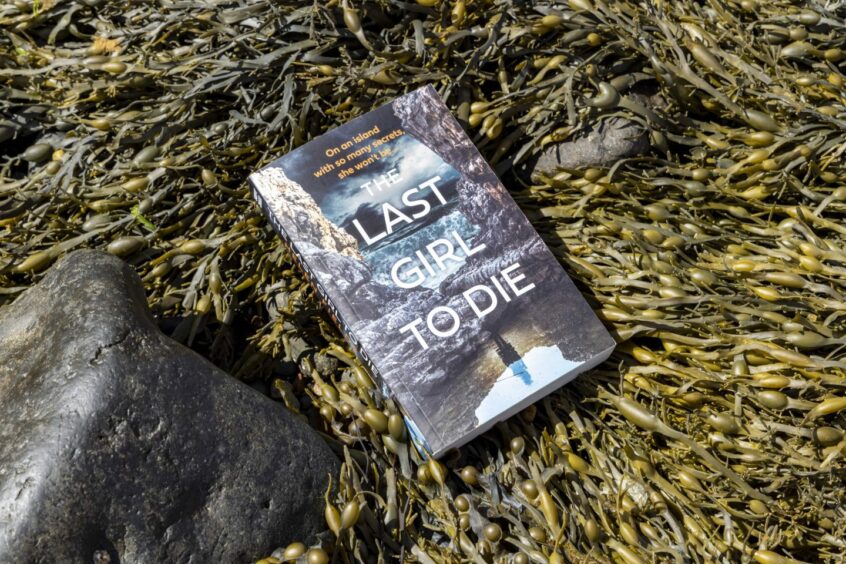
Combined with Mull’s history of witchcraft, the mood was set for Helen’s haunting tale.
She said: “Mull has a series of women, who can be traced throughout a long period of time, who were incredibly important and influential, and if you go back historically, they were not demonised.
“The clan chiefs were working with the Mull witches about important decisions they had to make.
“I’m calling them witches, they were just women who knew stuff, and had their important place which you don’t see historically for women.
Power for women
“In Mull, they were given their own little bit of power, but that changed in religious times when witches in Scotland were treated very badly.
“But for a period of time on Mull they were very important people and that seemed to me to be important because it’s a reflection of the fact that we haven’t always thought that women should be seen and not heard.
“Women have had this place, but in order to be empowered they’ve had to claim some special knowledge, claim these false powers or this silly title in order to be taken seriously, and I wanted to tell a little bit of that story and to apply how important that still is to young women today, that they don’t only have to be daughters and mothers, that they can be other things.”
Diodeag is the Mull witch with the most influence in Helen’s story.
“She was the Mull witch at the time when they say that Mull was home to whole race of witches, not just one at a time.
“She was very important to the Clan Maclean at the time and a really powerful figure, and the myth around her forms the backbone of the book.”
There’s real history behind the folklore.
In 1588, a galleon from the Spanish Armada ended up at the bottom of Tobermory Bay, having burned with all souls on board.
Helen said: “The myth around that is that on board that galleon was Spanish princess, who dreamed, as they left English shores and sailed north, that she was going to lay eyes on the man she would fall madly in love with.”
And reader, she did, as they sailed into Tobermory.
“She saw this man who some people say was part of Clan Maclean, not the chief, and all would have been fine had that man not been married.
Diodeag consulted
“The man’s wife went to see the Mull witch and pleaded for help to stop the princess taking her husband.
“As the ship was leaving having been fully stocked with food and supplies, it caught alight, thanks to the Mull witch, and sank to the bottom of the sea.
“The story goes that after that the King of Spain sent more galleons and soldiers to punish the Mull women with horrible mutilation, hence the injuries I include in my book.”
This also has a foundation in fact.
Helen has visited Mull on many occasions and is a big fan of the island, bewitched even.
“Mull has a little bit of everything, like a miniature Scotland, it encompasses everything, big peaks, beaches, ruined castles, standing stones, natural arches, and a feeling of no borders between past and present.”
The Last Girl To Die is published on September 1 by Avon.
More like this:
Mercy for ‘witches’: Holyrood hears plea for Queen to pardon thousands of Scottish women
Celtic folklore-inspired film Cailleach was shot on Isle of Mull and New Zealand
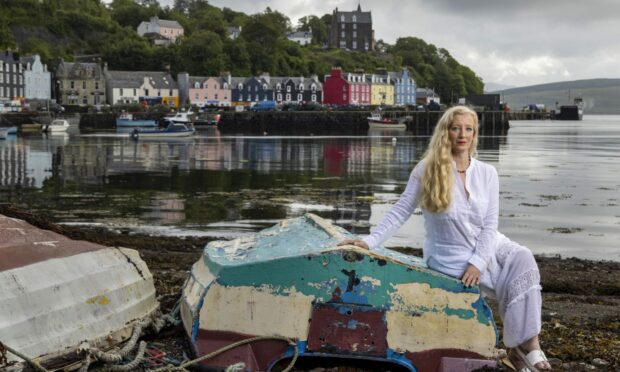
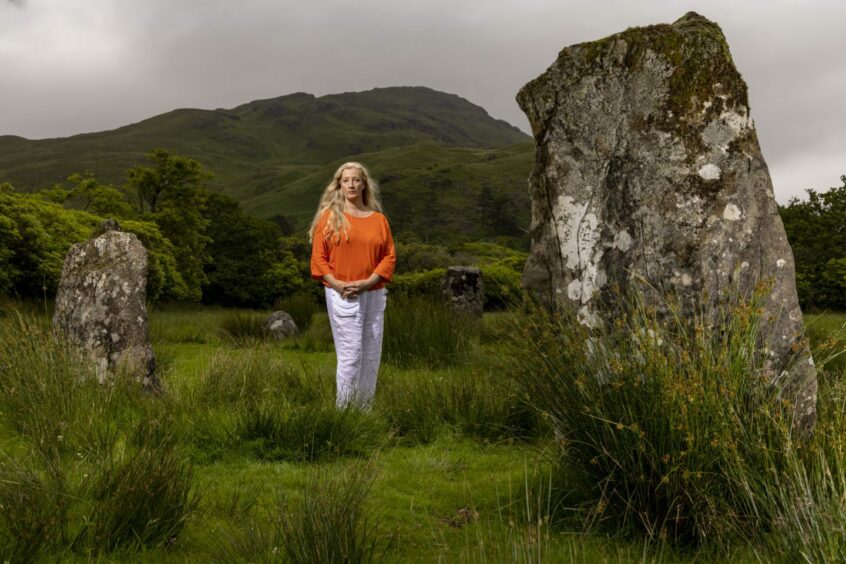
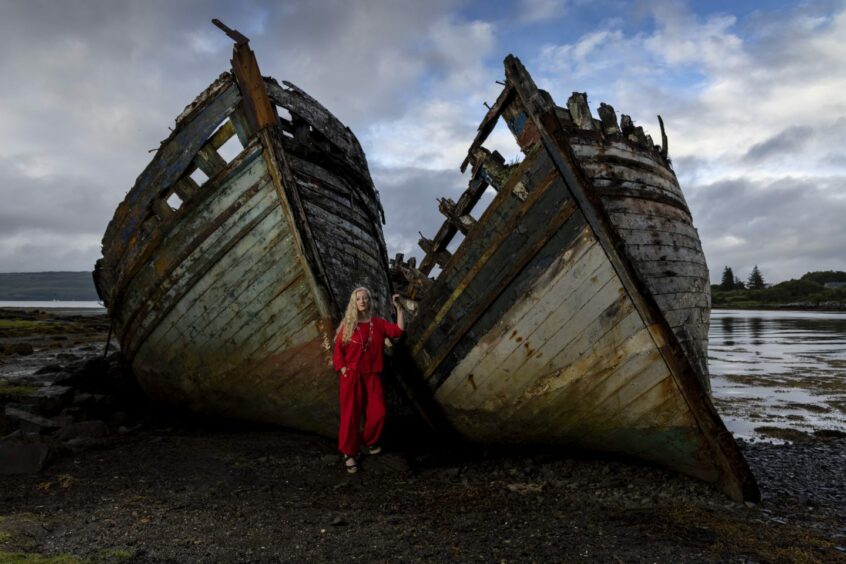
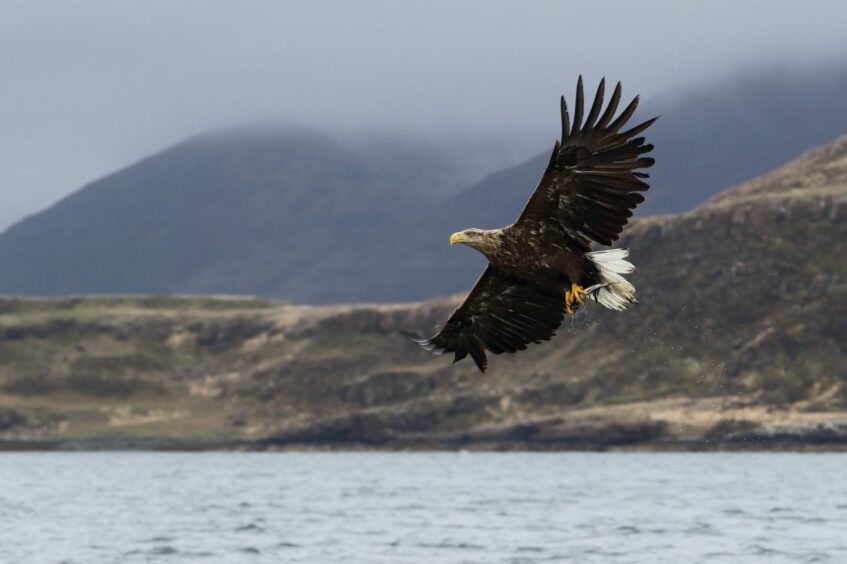
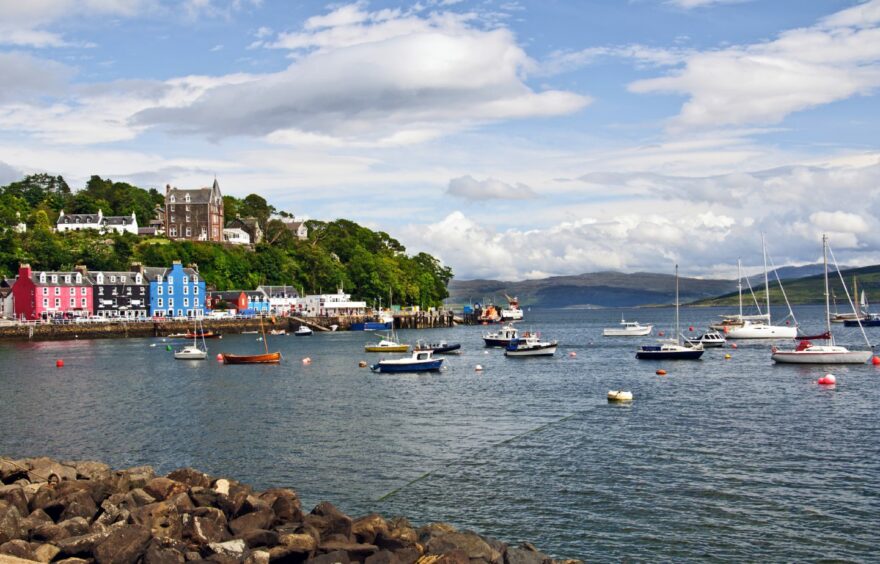
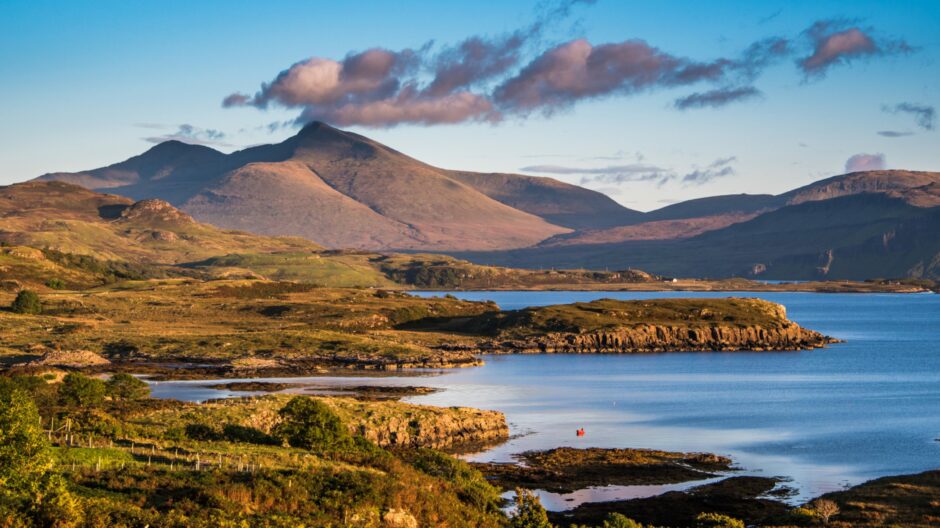
Conversation